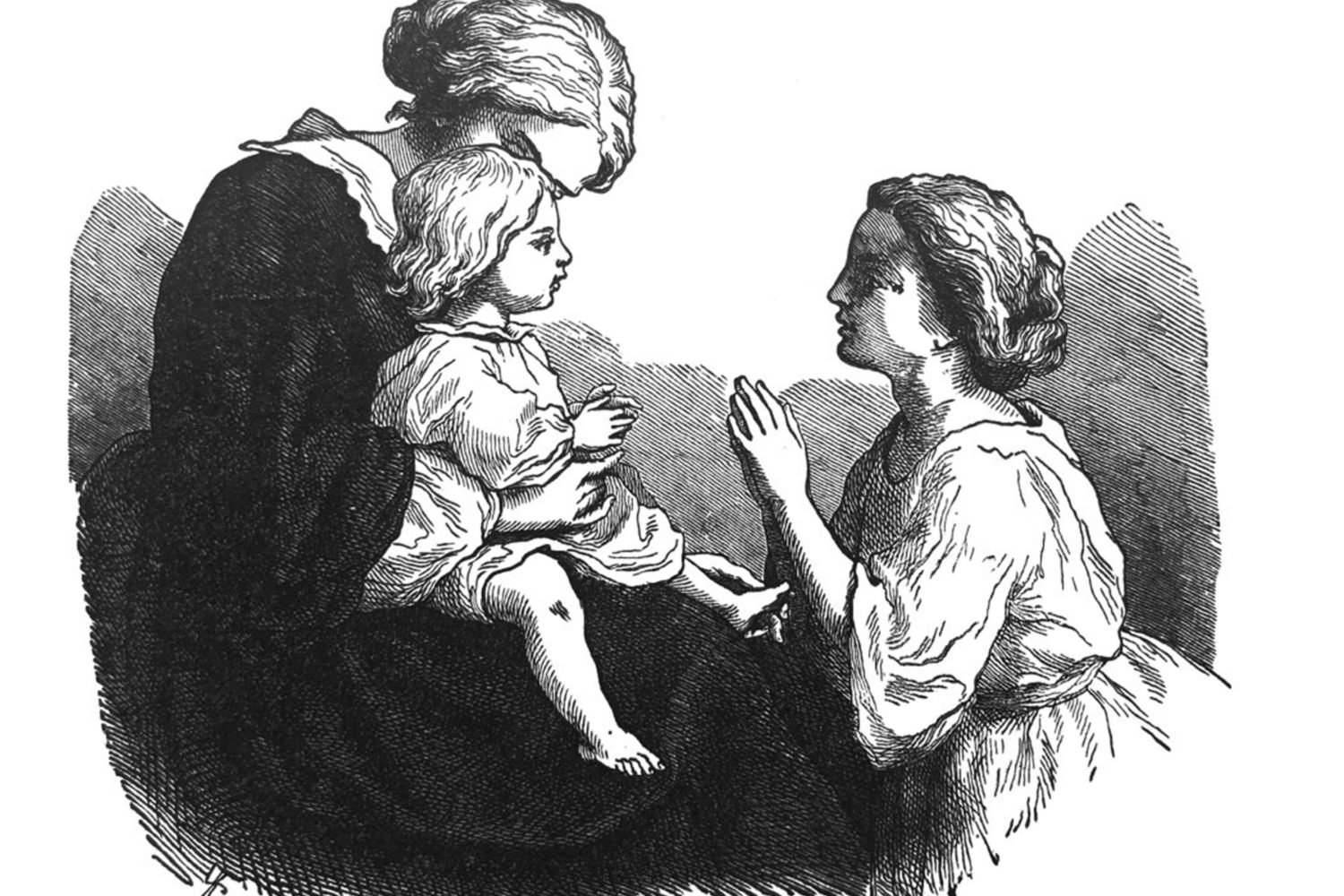Most parents take one of two approaches when kids misbehave. Call number one the permissive approach: few boundaries and rules, mild or no punishment, lots of love. The second is the authoritarian method: Dad and Mom are generals; the children are their soldiers.
Katherine Reynolds Lewis encourages a third dynamic because, frankly, neither of these techniques works all that well.
“Unfortunately,” the Rockville resident says, “both are really counterproductive and not effective in the long run in terms of developing in our kids what we really want, which is self-discipline—not momentary compliance.”
Lewis’s new book, The Good News About Bad Behavior: Why Kids Are Less Disciplined Than Ever–and What to Do About It, explores the negative consequences of typical approaches. “Permissive parenting leads kids to not develop their own boundaries or judgment,” she says. The “Great Santini” style of parenting, on the other hand, can make it hard for kids to form positive adult relationships with their parents, “because they resent them or feel limited by them.”
Frustrated that her kids wouldn’t do what she wanted, Lewis read numerous studies and interviewed hundreds of parents and their children. What she learned was surprising. She says we shouldn’t be punishing them at all: “What we really want is for our children to learn a lesson. Punishment just makes them feel bad about themselves and dislike us. Instead, what would be much better for everyone is for children to experience consequences.”
Those may sound like different words for the same thing, but what Lewis proposes is that, instead of simply levying a punishment in the moment, parents come up with agreements with their kids and clearly define the consequences for violating them.
“This way, the child learns how life works in a democratic society and how you follow through on commitments,” she says. “When they break a rule, it’s a teaching and learning moment rather than a punitive one.”
When it comes to devising a consequence, Lewis follows the 4-R rule: related to the child’s choice or action, respectful of both the child and the adult, reasonable in scope, and revealed in advance.
She calls this the authoritative-parenting model: “It’s when you’re warm and connected with your child and you have a respectful relationship but you’re also firm with clear limits. The best relationship you can have with your child is when you can enforce a rule and still stay connected and be warm.”
Which got me thinking about a problem in my own house. Every few minutes, my five-year-old son puts his fork down and gets up from the dinner table. He’ll grab a toy, start working on an art project, or build something with Lego, prolonging mealtimes exponentially. Neither threatening to cut off his dessert supply nor dangling an extra story at bedtime helps him stay put.
Lewis has an idea of how to use the authoritative model to achieve a calmer routine. She devised a rule with her family that when someone walked away from the table, it meant that person was done and his or her plate was cleared. So if my son wants to go build a Lego plane instead of finishing his pasta, that’s fine, because he has the power to make the decision. However, he won’t get anything else to eat before bed.
I’m looking forward to incorporating this method and others from Lewis’s book, but I have to keep reminding myself that for it to work, I’ll have to follow the same rules. So if I get up to answer my phone, I’ll go to bed hungry. It’s a small price I’m willing to pay to enjoy a mellower mealtime. And maybe to get my son to have dinner with me several decades from now.
This article appeared in the June 2018 issue of Washingtonian.



















